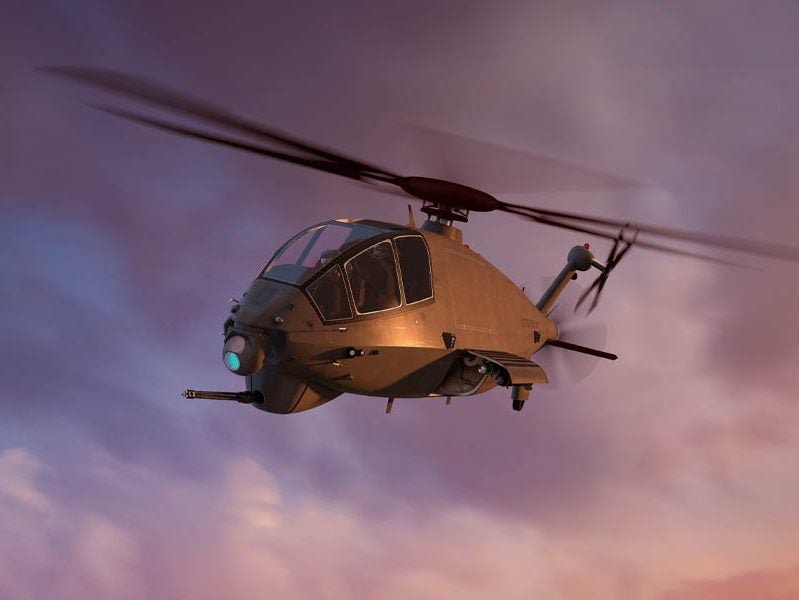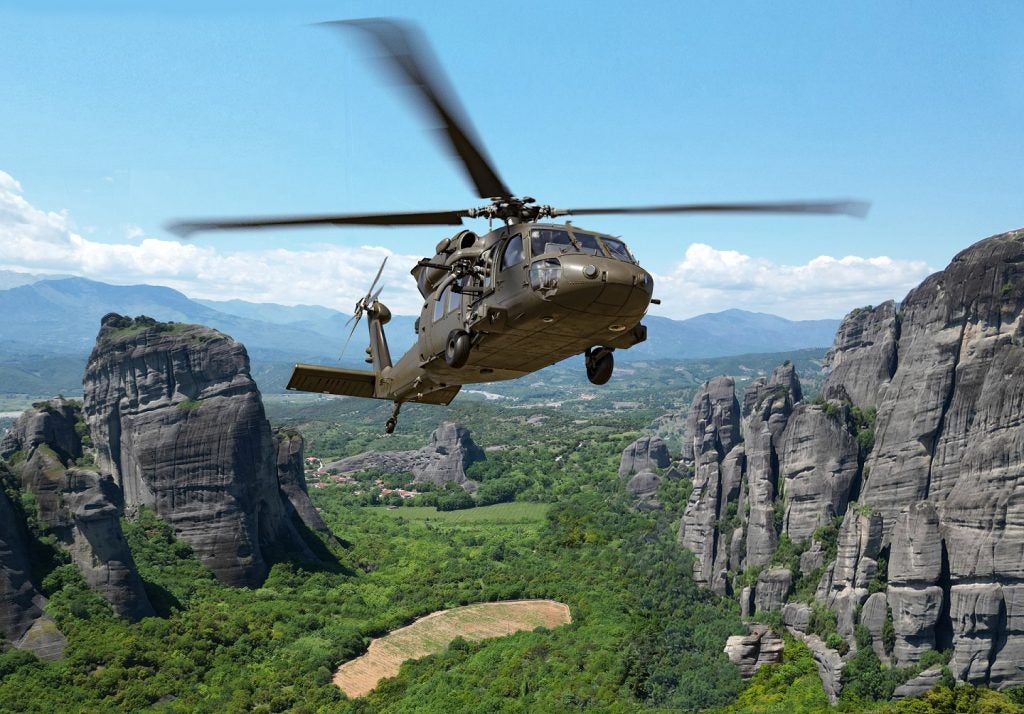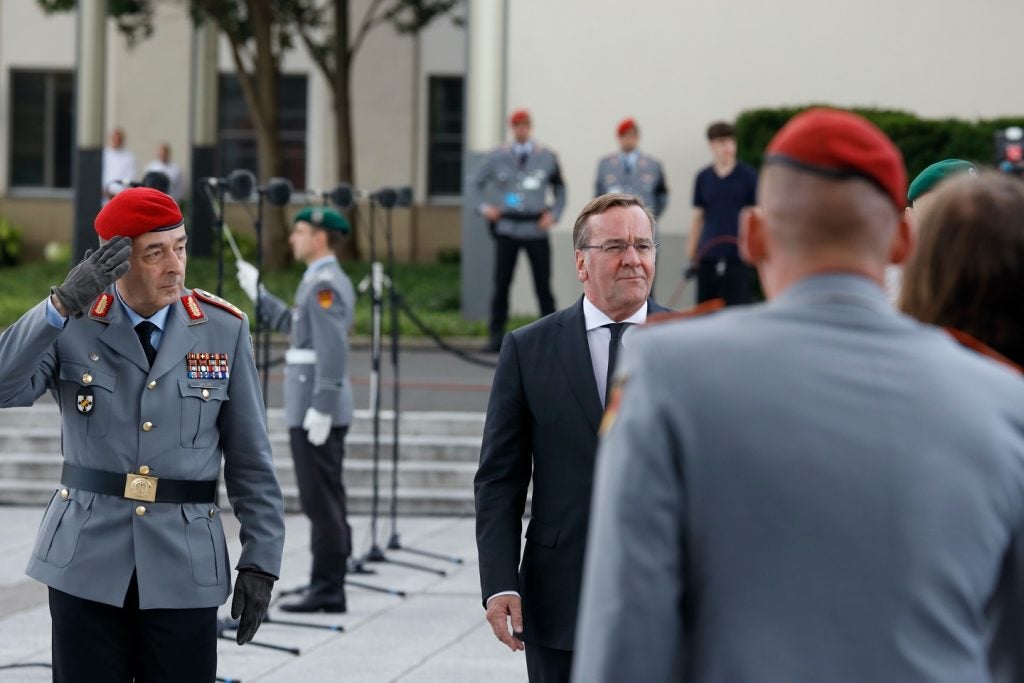
Updated 04/03/2020 to include comment from Karem Aircraft.
The helicopter, named after the programme it was developed for, has been unveiled in detail after a secretive campaign by Boeing to replace the Bell OH-58 scout helicopter. Boeing is competing for the contract against Bell, Sikorsky, Karem and AVX/L3 for the contract.
The US Army is expected to decide this month on which of the five designs to take forward into the prototyping phase. The chosen aircraft is expected to replace around half of the US Army’s AH-60 Apache fleet. Two companies are expected to go into the prototype phase, after which the army will select a winning helicopter.
The winning helicopter will be chosen through a “government-sponsored fly off” in 2023 before progressing from a competition to a programme of record.
Boeing says its FARA helicopter is ‘an agile, fully-integrated’ platform designed expressly for the US Army’s purposes and requirements.
Boeing Phantom Works vice president and general manager Mark Cherry said: “We’re offering more than a helicopter – we’re offering an affordable and fully-integrated system for the army, the mission and the future. We’ve blended innovation, ingenuity and proven rotorcraft experience with extensive testing and advanced analysis to offer a very compelling solution.”
How well do you really know your competitors?
Access the most comprehensive Company Profiles on the market, powered by GlobalData. Save hours of research. Gain competitive edge.

Thank you!
Your download email will arrive shortly
Not ready to buy yet? Download a free sample
We are confident about the unique quality of our Company Profiles. However, we want you to make the most beneficial decision for your business, so we offer a free sample that you can download by submitting the below form
By GlobalDataBoeing’s FARA features tandem seating for two pilots, a single main rotor and a ‘state-of-the-art cockpit with a reconfigurable large area display’. The aircraft also offers autonomous capabilities.
Boeing said in a press release that the system leverages the company’s 65 years of rotorcraft experience and provides ‘seamless capability’ to operate within the wider US Army ecosystem. These factors, the company says, make FARA a low-risk, more affordable option to fill the capability gap left by the retirement of the OH-58.
Boeing FARA programme manager Shane Openshaw said: “We listened to the army, assessed all alternatives, and optimised our design to provide the right aircraft to meet the requirements.
“We are offering a very reliable, sustainable and flexible aircraft with a focus on safety and the future fight.”
The competition
 From top-to-bottom, the Karem AR-40, Bell 360 Invictus, AVX/L3 CCH, and the Sikorsky Raider X. Image: Karem, Bell, AVX/L3, Sikorsky.
From top-to-bottom, the Karem AR-40, Bell 360 Invictus, AVX/L3 CCH, and the Sikorsky Raider X. Image: Karem, Bell, AVX/L3, Sikorsky.
Boeing’s competitors have all released details on their entrants. The joint AVX Aircraft L3 Harris team revealed its option in April 2019, sharing details of its compound coaxial helicopter (CCH). At the time of its announcement, AVX/L3 said: “This FARA-CP solution provides L3 and AVX an opportunity to demonstrate the agility and innovation that sets our team apart in support of the US Army’s modernisation priorities.
“We are collaborating to deliver a prototype that provides powerful leap-ahead capability for our warfighters at an affordable life-cycle cost.”
Bell opted to submit the 360 Invictus as its operation for FARA. Bell’s military business executive vice president Vince Tobin previously commented on its solution saying: “The Bell 360 will deliver advanced battlefield situational awareness, as well as lethal options, in support of the manoeuvre force at an affordable cost.
“The multi-domain fight will be complex, and our team is delivering a highly capable, low-risk solution to confidently meet operational requirements with a sustainable fleet.”
Karem’s entry for FARA uses the company’s experience in tilt-rotor aircraft for its AR-40 submission. Karem’s aircraft uses the tilting components to increase stability or airspeed in different conditions.
Karem Aircraft vice president and FARA CP programme Manager Dr Thomas Berger said: “The AR-40 is a custom design for the FARA CP programme that leverages the advanced technologies the Army has funded and matured in the JMR programme, The AR-40 is the most efficient and fastest configuration possible within the constraints and requirement set for FARA.”
Finally, Sikorsky, which unveiled its entry Raider X last October, has already begun building its FARA aircraft, as reported by Defense News. Sikorsky’s entry used its X2 coaxial technology already in use on the S-97 Raider and SB-1 defiant rotorcraft that have both flown.
Revealing the aircraft last year Lockheed Martin rotary and mission systems executive vice president Frank St. John said: “RAIDER X converges everything we’ve learned in years of developing, testing and refining X2 Technology and delivers warfighters a dominant, survivable and intelligent system that will excel in tomorrow’s battlespace where aviation overmatch is critical.
“The X2 Technology family of aircraft is a low-risk solution and is scalable based on our customers’ requirements.”




